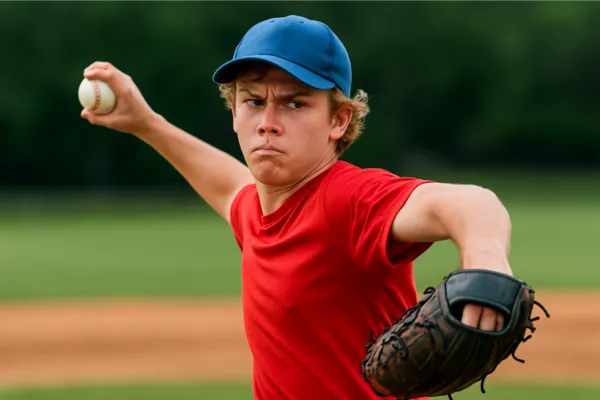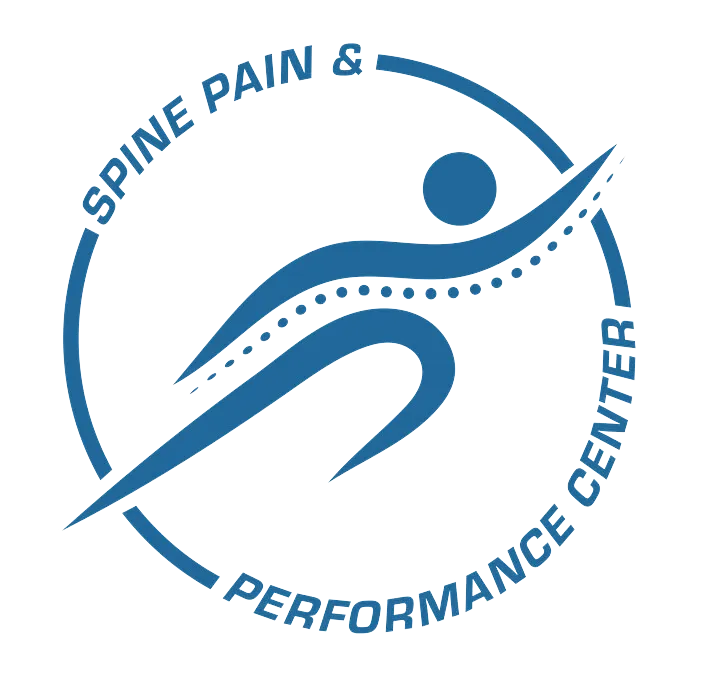
Don’t Let Shoulder Injuries Bench Your Young Athlete
Hey parents -
If your child’s been rubbing their shoulder after practice or saying “it just feels sore,” this is for you.
Because not all shoulder pain is just growing pains, and waiting could sideline their entire season.
Key Takeaways:
Shoulder pain is common in young athletes and often overlooked.
Not all soreness is safe. Learn the difference between soreness and injury.
Repetitive sports and early specialization increase risk.
Spot the red flags early to avoid long-term damage.
A quick check or $69 evaluation can save a season (or a future).
If you’re a parent of a young athlete, chances are you’ve heard the phrase, “My shoulder feels a little sore.”
But here’s the thing: not every ache is harmless.
And not every growing pain should be ignored.
In today’s sports environment, kids are training harder, younger, and more often—and that puts growing shoulders under more stress than ever before.
So, how do you know if your child is just sore... or in the early stages of something more serious?
Let’s walk through the key signs, home checks, and expert advice you need to make the right call.
Soreness vs. Injury: What Parents Need to Know
Soreness usually comes on a day or two after practice. It’s a general ache that fades with movement and feels better after a little rest. It means the muscles worked hard, and that’s part of getting stronger.
But pain?
Pain is different.
Pain is sharper. It might come on suddenly or feel pinpointed in one area. If it lingers, disrupts sleep, or shows up even when they’re not playing, it’s likely something more serious.
Here are red flags to watch for:
Pain that lasts more than 2-3 days
Limited range of motion
Clicking, popping, or grinding with movement
Nighttime pain or trouble sleeping
Weakness, swelling, or visible changes in the shoulder
If you’re seeing any of these, don’t wait.
Why Youth Shoulder Injuries Are on the Rise
Here’s the truth: kids today are specializing in sports way earlier than they used to.
That means repetitive motions like pitching, swimming, or serving are happening before their bones, tendons, and growth plates are fully developed.
Add in:
Year-round training
Poor recovery habits
Weak core or shoulder stabilizers
Coaches pushing performance over form
And you’ve got a perfect storm for overuse injuries.
This isn’t about scaring you it’s about giving you tools to stop injuries before they start.
Red Flags That Should Never Be Ignored
Some signs are obvious. Others, not so much.
Here are the ones you don’t want to miss:
Your child avoids using one arm
They flinch or wince during warm-ups or drills
They say, “It just feels weird.”
Loss of throwing speed or accuracy
Pain that seems to "travel" down the arm
Shoulder pain after sleep
These can all point to tendon irritation, impingement, or even a growth plate injury.
One common condition? Little League Shoulder a stress injury to the growth plate in the upper arm.
If caught early, it’s manageable. But left alone? It can sideline a young athlete for months.
Try This At-Home Shoulder Check
You don’t need to be a PT or doctor to notice early warning signs.
Here are a few quick self-checks you can do at home:
Compare range of motion: Can both shoulders move equally overhead, out to the side, and behind the back?
Feel for heat or swelling: Gently press around the joint. Any warm spots or tenderness?
Posture scan: Are the shoulders rounded? Is one side higher?
Ask your child to hold light weights: Any shaking, weakness, or pain?
Watch for compensations: Do they twist their torso or shrug the shoulder to complete a motion?
Still unsure? Use our free Shoulder Self-Test to screen them at home.
When to See a Pro (Hint: Sooner Than Later)
If pain persists, worsens, or affects daily function, it’s time for a full evaluation.
Here’s what a proper shoulder assessment for youth includes:
Growth plate screening
Range of motion analysis
Muscle activation and imbalance testing
Functional movement patterns
Return-to-sport timeline (based on development, not just symptom relief)
Getting ahead of shoulder injuries means getting the right help from someone who understands how to treat growing bodies.
Your local urgent care or a quick ice-and-rest routine won’t cut it here.
Don’t Let Shoulder Pain Steal the Season
Shoulder pain in kids isn’t just part of the game.
It’s a warning.
And the earlier you act, the better the outcome.
Book a youth shoulder evaluation today for just $69 or use our free shoulder self-test to spot problems early.
Give your athlete their best shot at a pain-free, high-performing season.
FAQs
Q: My child says their shoulder is sore after practice. Should I worry?
A: Soreness is normal for 1-2 days after heavy use. Pain that sticks around, worsens, or limits movement is not.
Q: What sports put the most strain on shoulders?
A: Baseball, softball, swimming, tennis, volleyball, gymnastics, and football.
Q: Is shoulder therapy safe for kids?
A: Absolutely. In fact, proper shoulder therapy is one of the best tools for healing and preventing youth shoulder injuries.
Q: Should we stop all activity if there’s pain?
A: Not always. But until you know what’s going on, it’s best to modify and get checked.
Want your kid to stay strong and off the sidelines?
Let’s make sure that little ache doesn’t turn into a big problem.

